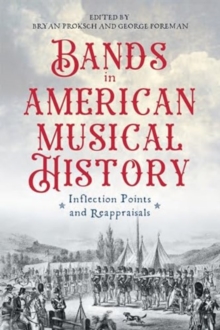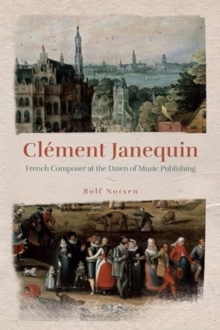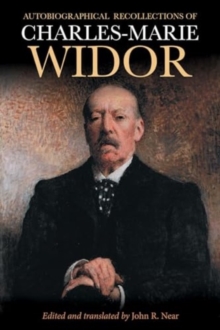
Brahms and the Shaping of Time Hardback
Edited by Professor Scott (Author) Murphy
Part of the Eastman Studies in Music series
Hardback
Description
Combines fresh approaches to the life and music of the beloved nineteenth-century composer with the latest and most significant ways of thinking about rhythm, meter, and musical time. Brahms and the Shaping of Time brings together essays by leading music scholars, each of which analyzes the music of Brahms with a particular focus on the music's temporality.
The volume reveals numerous ways in which Brahms manipulates such basic elements as rhythm and phrase structure in pieces ranging from the Third Piano Sonata and the Double Concerto to a number of his most important and beloved songs. The first two essays examine aspects of rhythm and meter in Brahms's lieder, recognizing his meaningful deviations from temporal norms.
The second two pick up the mantle from William Rothstein's landmark text Phrase Rhythm in Tonal Music.
Rothstein's study focused on the music of other composers, but suggested how a future study might explore the music of Brahms; these essays contribute to such a study while also pivoting the book's focus from vocal to instrumental music.
Each of the chapters of the third pair cross-examines and expands our understanding of the hemiola.
The concluding trio of essays promotes, through further analysis of individual works, ways of hearing that encourage the reader to breach the confines of the score's metric notation. Together, the essays in this volume offer fresh approaches to the life and music of the beloved nineteenth-century composer and incorporate significant new ways of thinking about rhythm, meter, and musical time. CONTRIBUTORS: Eytan Agmon, Richard Cohn, Harald Krebs, Ryan McClelland, Jan Miyake, Scott Murphy, Samuel Ng, Heather Platt, Frank Samarotto Scott Murphy is professorof music theory at the University of Kansas.
Information
-
Available to Order - This title is available to order, with delivery expected within 2 weeks
- Format:Hardback
- Pages:308 pages, 200 line illus.
- Publisher:Boydell & Brewer Ltd
- Publication Date:15/06/2018
- Category:
- ISBN:9781580465977
Information
-
Available to Order - This title is available to order, with delivery expected within 2 weeks
- Format:Hardback
- Pages:308 pages, 200 line illus.
- Publisher:Boydell & Brewer Ltd
- Publication Date:15/06/2018
- Category:
- ISBN:9781580465977










